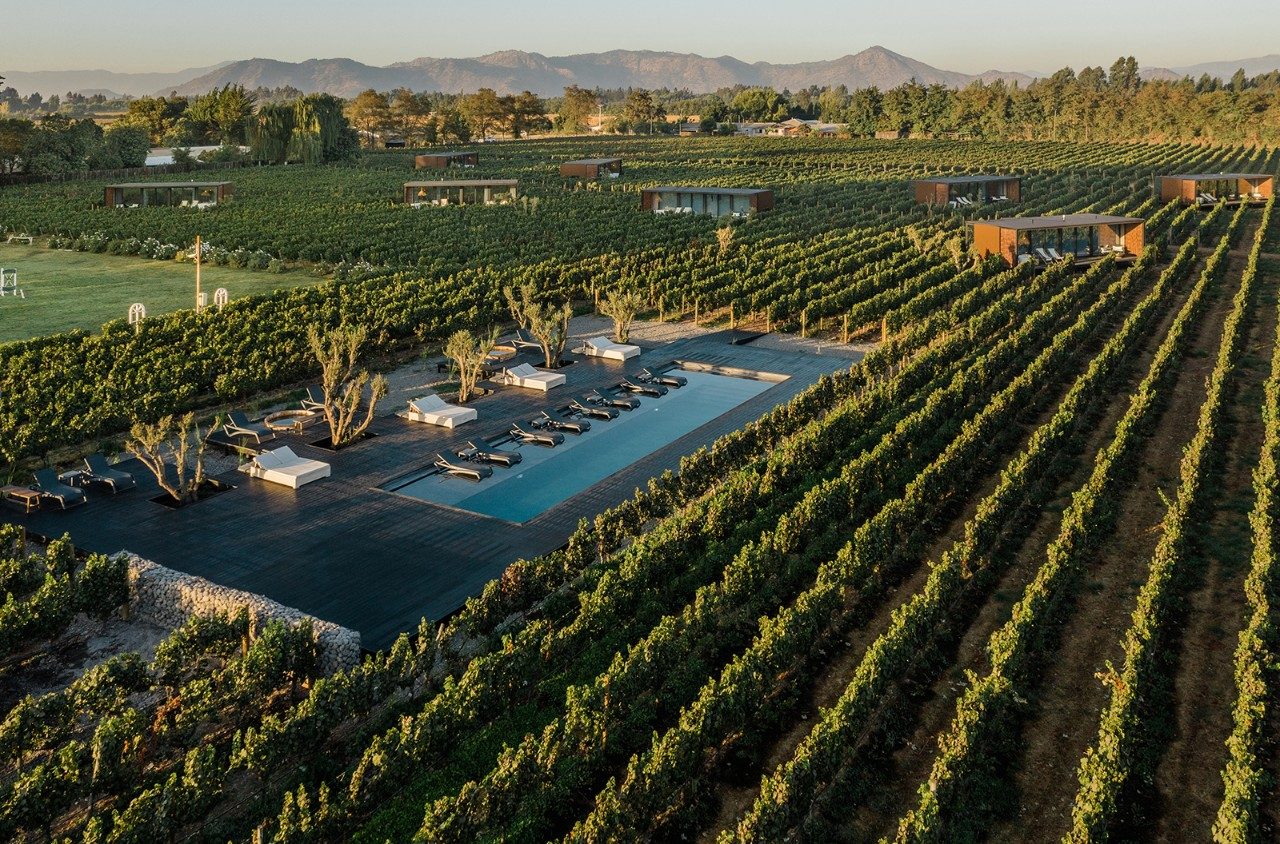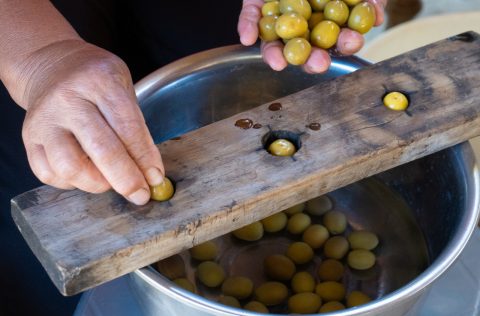The Chilean Region With a Burgeoning Farm-to-Table Food Scene

A community outside Santiago is reinventing the region’s vibrant cultural heritage.
“Chile has always been known for its raw products but we never placed much value on our culinary heritage,” says Pamela Villagra, director of Ruta de los Abastos (Supply Route), a new initiative in the country’s bucolic O’Higgins Region, 90 minutes drive south of the capital, Santiago. Linking 10 distinct food-focused tours, the journey highlights lesser-known gastronomic gems, such as traditional olive orchards, artisanal salt farms, small-scale apiaries and producers like Cecilia Vargas, who harvests seaweed, mussels and Chilean abalone. Join her tour near the Punta de Lobos point break and you’ll learn how to dive for shellfish before sitting down with fishermen for a generous seaside meal.

Local chefs are also lining up to help revive the area’s once-dormant food scene. Gustavo Moreno of relaxed Pichilemu eatery Mareal works with three sustainability-focused fishmongers to produce elevated coastal comfort food, including prawn crudo stewed in prosciutto vinaigrette, topped with cashew cream. Pilar Rodriguez, chef at the 20-seat Food & Wine Studio at the Viña Viu Manent winery, sources from nearby producers to craft seasonal seven-course dégustation menus – from crab-stuffed ravioli to wood-smoked mussels – paired with the estate’s vino. You can even sleep steps away at the new ViBo Wine Lodge, where eight villas have glass walls framing views of century-old Malbec vines so close you can almost touch them from your private deck.

In the late 1990s, powerful cabernet sauvignons thrust Chile onto the international wine map. Today, you can try more experimental varietals from the Colchagua Valley, such as those at Maturana Winery, which won acclaim for its orange wine, Naranjo. Like-minded winemakers are using the gnarly old vines of grapes like torontel or país to produce natural and low-intervention drops. As with their culinary colleagues, these vintners understand that the region’s once-overlooked traditions are worth celebrating.



